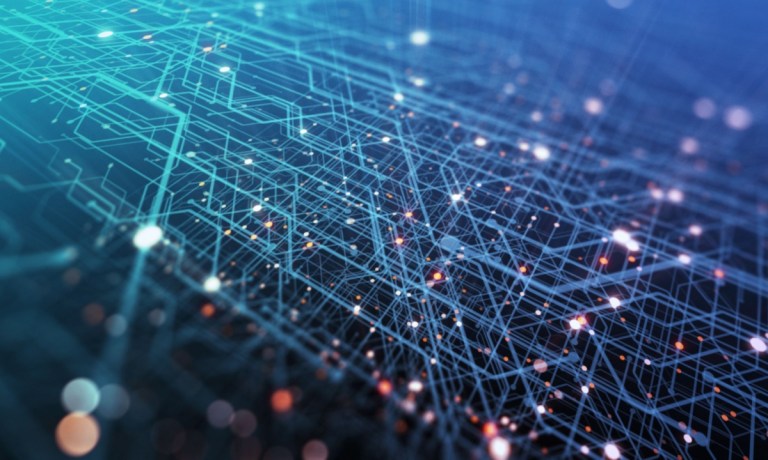
Scientists and engineers are teaching machines to think like humans, using a cutting-edge approach to artificial intelligence (AI) called deep learning.
Deep learning is inspired by the intricate networks of neurons in the human brain. By creating artificial neural networks with multiple layers, researchers can train computers to automatically discover patterns in vast amounts of data and learn high-level features.
The critical ingredients of deep learning are advanced computer processors, large training datasets, and a lot of patience. Deep learning systems must be fed massive amounts of data, from images and videos to speech and text, before it is capable of recognizing objects, translating languages or making decisions.
Deep learning is a subset of machine learning that mimics the workings of the human brain in processing data and creating patterns for use in decision-making. It is built around artificial neural networks, which are algorithms inspired by the biological structure and function of the brain. These networks consist of layers of nodes, or “neurons,” each layer designed to perform specific tasks, and the data is processed as it passes through these layers.
What sets deep learning apart from other machine learning techniques is its ability to perform feature extraction automatically. This means it can identify complex patterns and relationships in large datasets without explicit instructions on what to look for. As the network is exposed to more data, it adjusts and improves its accuracy over time, learning to make better decisions.
Thanks to deep learning, natural language processing has seen remarkable advancements. In 2020, OpenAI unveiled GPT-3, a language model with 175 billion parameters capable of engaging in conversations, answering questions, writing articles and coding programs from natural language descriptions. More recent models, like DeepMind’s Chinchilla and Anthropic’s Claude, achieve similar performance with fewer parameters, making the technology more accessible and practical.
Deep learning also enhances creativity in art and music. Models like DALL-E, Midjourney and Stable Diffusion generate realistic images from text descriptions, allowing users to easily create and manipulate visual concepts. Musicians can use deep learning tools to generate melodies, harmonies and sonic textures for their compositions.
As deep learning systems become more advanced and tackle real-world tasks, questions arise about the nature of intelligence and cognition. Some researchers view these neural networks as sophisticated pattern recognition engines, while others believe they may develop more profound understanding and reasoning abilities. The systems often produce accurate outputs, but their step-by-step process remains largely opaque, raising concerns as they become integral to high-stakes decisions.
Deep learning has limitations and downsides, including the need for large amounts of data and computing power, the potential to amplify biases and misinformation from training data, and the lack of common sense understanding that can lead to mistakes.
Researchers are working on techniques to address these challenges, making deep learning more data-efficient, interpretable and environmentally sustainable. Despite the remaining hurdles, deep learning is considered to be in its early stages, with more breakthroughs anticipated in the coming years. As technology masters more domains traditionally considered uniquely human, it is expected to augment and empower us in ways yet to be fully realized.